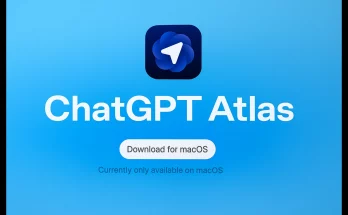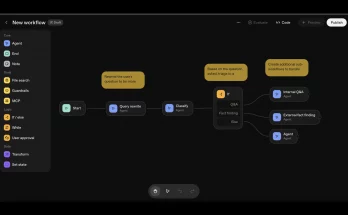Why Learning AI Prompting is Essential
The rapid evolution of artificial intelligence (AI) is reshaping the way we work, innovate, and interact with technology. As Nvidia CEO Jensen Huang recently stated, “If I were a student today, the first thing I would do is learn AI.” This advice isn’t just for students—it’s a crucial strategy for entrepreneurs, marketers, and professionals across industries to learn the Ai prompt Secrets.
One of the key skills in leveraging AI effectively is knowing how to communicate with it. This involves crafting precise and detailed prompts that yield the best results. OpenAI President Greg Brockman, co-founder of the organization, has shared insights into how to structure AI prompts for optimal outcomes. His approach, originally developed by AI engineer Ben Hylak, breaks down into four this essential sections.
The Four Key Elements of a Perfect AI Prompt
1. Clearly Define Your Goal
Every effective AI interaction starts with a well-defined goal. The more specific you are, the better the AI can understand and generate a relevant response.
For example, if you’re looking for hiking trails, a vague prompt like “Give me some hiking recommendations” may not yield the best results. Instead, a clear goal would be:
“Provide a list of the best medium-length hikes within two hours of San Francisco, focusing on lesser-known, unique adventures.”
By specifying exactly what you want, you increase the likelihood of receiving useful and relevant information.
2. Specify the Desired Format
AI can structure its responses in countless ways, from bullet points to paragraphs to poetry. Clarifying your preferred output format ensures you get the results in the most usable form.
In the hiking example, you might ask the AI to present details in the following structure:
- Name of the hike (as listed on AllTrails)
- Starting and ending addresses
- Distance and estimated duration
- Drive time from San Francisco
- What makes it unique
Without format instructions, the AI may generate a response that lacks structure, making it harder to use.
3. Set Warnings and Guardrails
AI models, while powerful, can sometimes generate inaccurate or misleading information. Providing guidelines within your prompt can help mitigate this risk.
For instance, if you need factual accuracy, instruct the AI accordingly:
“Ensure that the hiking trails listed are real, the names are correct, and the estimated times are accurate.”
Even with these safeguards, it’s always wise to double-check the AI’s response before taking action.
4. Provide Context and Background
Context enhances the AI’s ability to personalize responses. Think of this section as an information dump—anything that could help the AI better understand your needs.
Continuing with the hiking example, you might add:
- Your hiking experience level
- Trails you’ve already visited
- Specific preferences (e.g., ocean views, trails with cafes nearby)
By sharing details, you make the AI’s output more relevant to your situation.
Why Good AI Prompts Matter
More Information Equals Better Results
When asking a human friend for recommendations, they naturally consider what they know about your preferences. AI lacks this implicit understanding unless you explicitly provide the details. A well-structured prompt ensures a more relevant and high-quality response.
AI Conversations Mimic Human Interactions
One of the biggest misconceptions about AI is that interacting with it requires overly technical or robotic language. Brockman’s approach highlights that effective prompts resemble natural human conversations. The key is to be clear, detailed, and direct—just like you would when giving instructions to a person.
Start Experimenting with AI Today
Writing great AI prompts is not as complicated as it may seem. By following this four-step framework—defining your goal, specifying the format, setting guardrails, and providing context—you can dramatically improve the quality of AI-generated results.
As AI continues to integrate into our daily lives, mastering this skill will be essential. So don’t hesitate—start experimenting with AI tools now and prepare for an AI-driven future.



